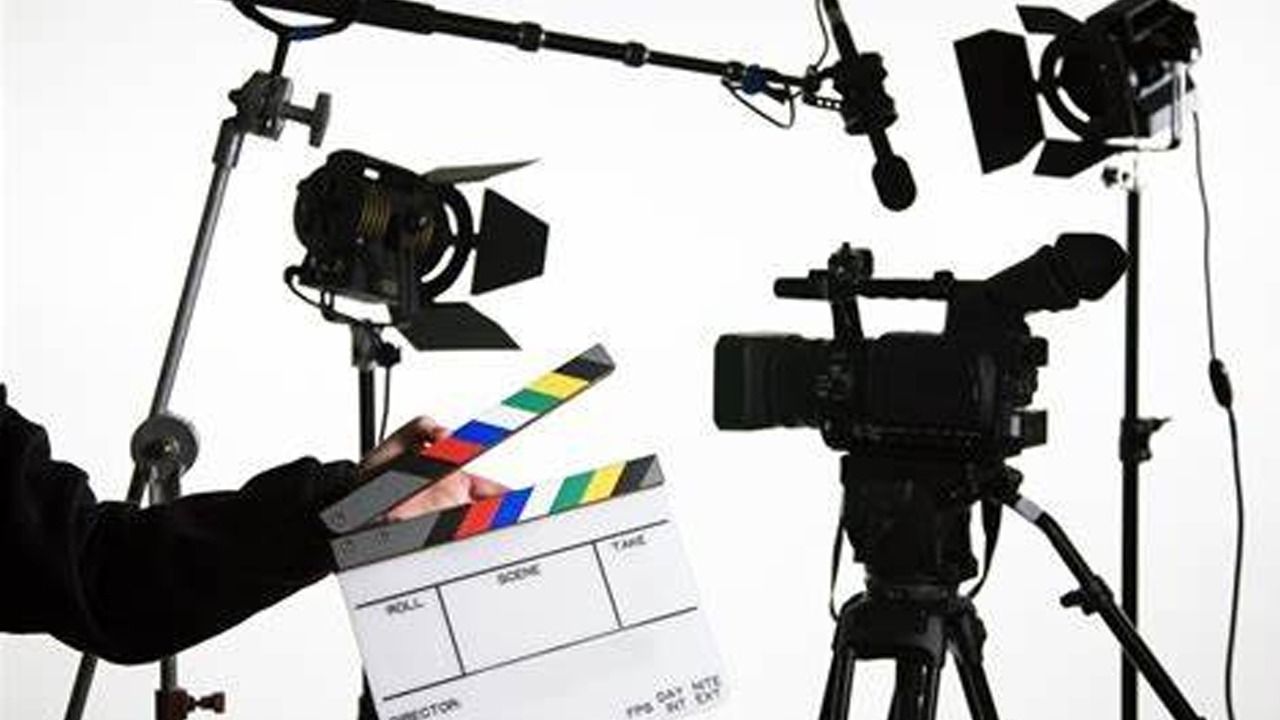Camera Angles and Movement in Filmmaking
Introduction:
Welcome to the mesmerizing world of cinematography, where every frame tells a story. In this blog, we'll embark on a journey to understand the art of filmmaking by delving into the intricacies of camera angles and movement. Cinematography is not just about capturing images; it's about crafting a visual language that communicates emotions, themes, and narratives. So, grab your virtual popcorn, and let's explore the magic behind the lens!
The Basics: Camera Angles
Eye Level Shots:
The most common angle, eye level shots, provide a neutral perspective.
They establish a connection between the audience and the characters, creating a sense of familiarity.
Low Angle Shots:
Shot from below, low angle shots make subjects appear larger and more powerful.
Often used to emphasize a character's dominance or to evoke a feeling of vulnerability.
High Angle Shots:
Shot from above, high angle shots diminish the subject's stature.
Effective in portraying weakness, inferiority, or highlighting the vulnerability of a character.
Dutch Angle (Oblique or Tilted Shots):
Achieved by tilting the camera, the Dutch angle adds a sense of unease or tension.
Frequently used in psychological thrillers or scenes of disorientation.
Dynamic Shots: Camera Movement
Panning:
Horizontal movement of the camera from a fixed position.
Ideal for capturing a broad view or following a subject's movement within the frame.
Tilting:
Vertical movement of the camera on a fixed axis.
Used to reveal or follow subjects, especially in instances where a vertical perspective is crucial.
Zooming:
Altering the focal length to magnify or reduce the size of the subject.
Creates emphasis on specific details and adds a dramatic effect.
Tracking or Dolly Shots:
Involves moving the entire camera and mount to follow a subject.
Adds a dynamic and immersive feel to the scene.
Steadicam Shots:
Achieved using a stabilizing mount, steadicam shots offer smooth and fluid movements.
Ideal for capturing dynamic sequences without the constraints of traditional camera setups.
Conclusion:
In conclusion, Cinematography is an art that goes beyond mere technicalities; it's about creating an emotional connection with the audience. Understanding the language of camera angles and movement is essential for any aspiring filmmaker. So, as you venture into the world of filmmaking, experiment with these techniques, and let your creativity flow. The magic of cinematography awaits, and the possibilities are endless. Happy filming!

Comment's
dBaOnCTybQr 2024-01-29 02:47:53
dBaOnCTybQr 2024-01-29 02:47:51
RlvNfTgeQmcE 2024-01-29 02:47:44